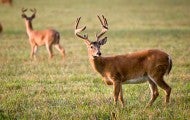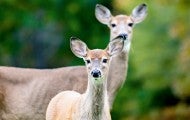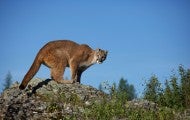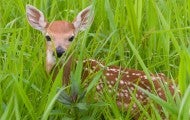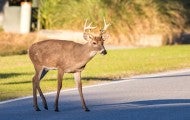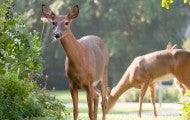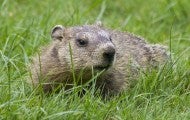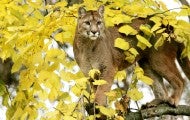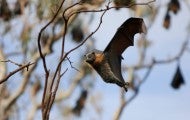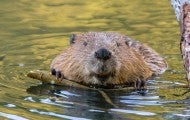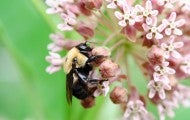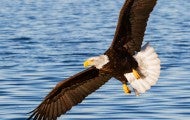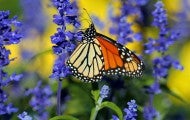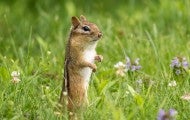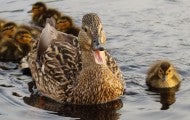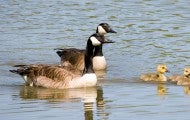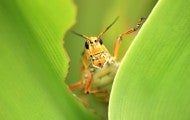It's common to see baby wild animals outside during spring as a new generation makes its way into the world. Sometimes you’ll even see these babies alone, with no parent in sight. For animal lovers, the instinct to help can be difficult to ignore. But unless the animal is truly orphaned or injured...
The following resources are available for land owners and land trusts participating in the Humane Society Wildlife Land Trust's Humane Stewardship Alliance. Contents Resources for participating alliance members Template wildlife conflict management plans Species-specific wildlife conflict resolution...
Once robust, populations of cougars (also known as mountain lions or pumas) have declined drastically across most of their range in the Americas. The population decline is due to the impact of extensive hunting and predator control, in addition to continued habitat loss and fragmentation. Cougars...
